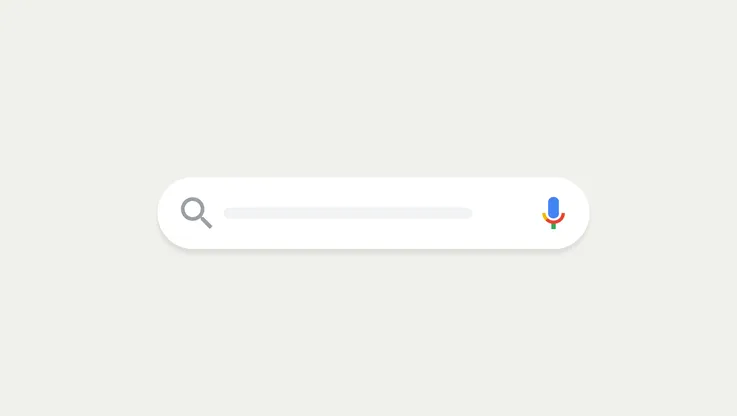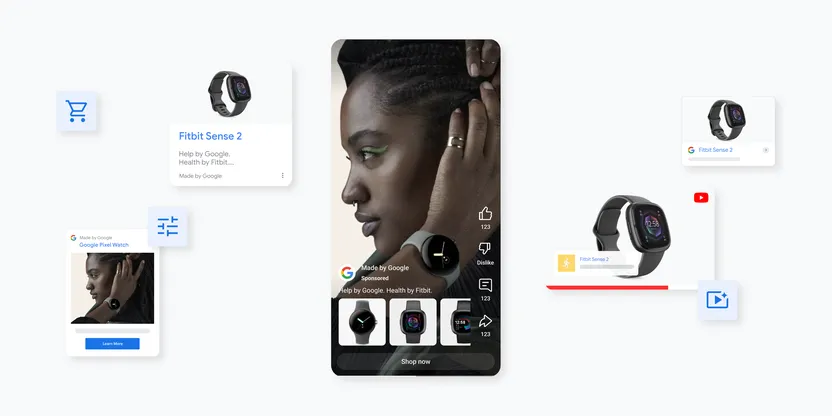Raising the bar on transparency, choice and control in digital advertising
Advertising has made possible open access to quality information and communication on the web—it’s changed the way people learn, play and earn, and it’s made the internet open for everyone.
But the ad-supported internet is at risk if digital advertising practices don’t evolve to reflect people’s changing expectations around how data is collected and used. Our experience shows that people prefer ads that are personalized to their needs and interests—but only if those ads offer transparency, choice and control. However, the digital advertising ecosystem can be complex and opaque, and many people don’t feel they have enough visibility into, or control over, their web experience.
New protections and controls in Chrome
As you may have seen, today Chrome announced its plans to improve cookie controls. To better protect user privacy and choice on the web, Chrome intends to make it easier for users to block or clear cookies used in a third-party context, with minimal disruption to cookies used in a first-party context. While Chrome has long enabled users to block cookies, these changes will let users continue to allow their online banking site, for example, to remember their login preferences—a function that first-party cookies enable.
Chrome also announced that it will more aggressively restrict fingerprinting across the web. When a user opts out of third-party tracking, that choice is not an invitation for companies to work around this preference using methods like fingerprinting, which is an opaque tracking technique. Google doesn’t use fingerprinting for ads personalization because it doesn't allow reasonable user control and transparency. Nor do we let others bring fingerprinting data into our advertising products.
The changes in Chrome will empower users to make informed decisions about how to control the use of their data for personalized advertising. They will also ensure users are able to continue accessing a broad range of quality ad-supported content, with confidence that their privacy and choices will be respected.
A new level of ads transparency
As the Chrome announcements demonstrate, transparency, choice and control form the foundation of Google’s commitment to users—and advertising is no different. With tools like My Activity, Ad Settings, Why this Ad and Mute this Ad, we make it easy for people to see how Google tailors ads for them, switch off individual factors we use to tailor ads, stop seeing ads from a specific company or simply opt out of personalized ads entirely.
But all of this is not enough. We believe you should also know what data is used for ads personalization and by whom.
That’s why today we’re committing to a new level of ads transparency. We want to give users more visibility into the data used to personalize ads and the companies involved in the process.
As a first step, for the ads that Google shows on our own properties and those of our publishing partners, we will disclose new information through an open-source browser extension that will work across different browsers. The new information will include the names of other companies that we know were involved in the process that resulted in an ad—for example, ad tech companies that acted as intermediaries between the advertiser and publisher, and companies with ad trackers present in an ad. The browser extension will also surface the factors used to tailor an ad to a user, which we provide today.
The extension will display information for each ad we show a user, and will present an aggregated snapshot for all the ads Google has shown a user recently. In the future, we will look for additional ways to make it even easier for people to access this information.
In addition, we want to offer a simple means for others in the advertising industry to surface this kind of information. To that end, we will build APIs that enable other advertising companies, should they choose, to disclose this same type of information to users through the extension. We expect to begin rolling out both the browser extension and APIs in the coming months.
While offering more information privately to individual users is important, we also believe that making this type of information available publicly will help increase transparency at the ecosystem level. That’s why we plan to build tools that allow researchers and others to view and analyze aggregated and anonymized data from Google and other providers that elect to use these new APIs.
As we introduce these enhanced ads transparency measures, we’re eager to receive feedback from users, partners and other stakeholders so that, together, we can identify industry-wide best practices around data transparency and ads personalization, including ways that people can take action to shape their experiences.
All of the changes announced today represent an important step in ensuring that the ad supported web provides people with access to high-quality content, while protecting their privacy. We will continue to explore opportunities to evolve our tools and practices in ways that enhance user transparency, choice and control.






